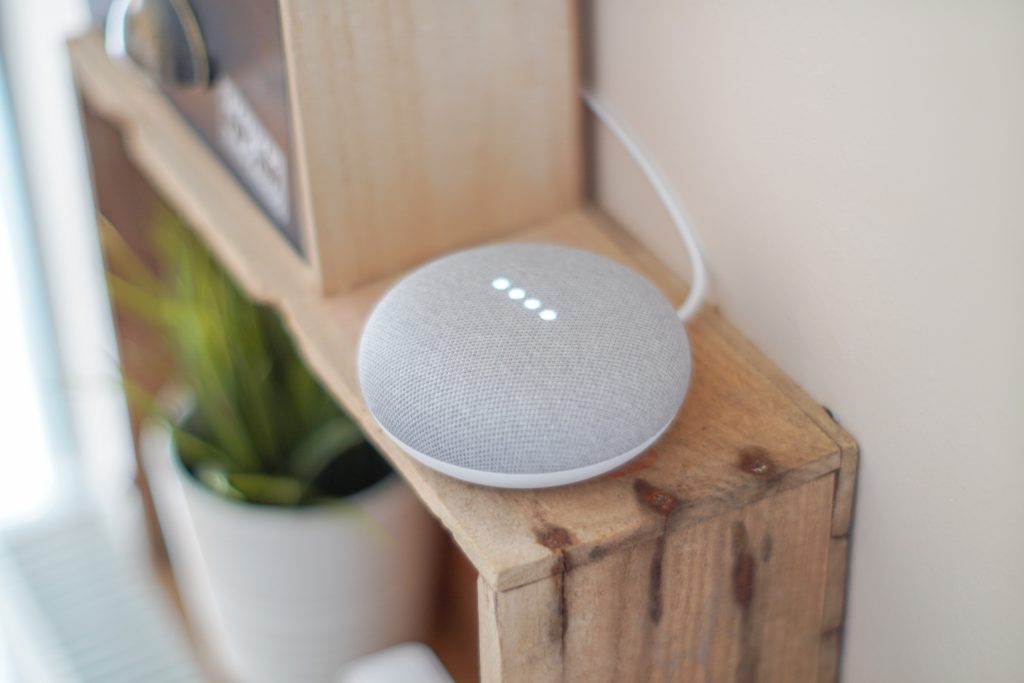

We have all seen those commercials with an actor speaking to a voice assistant and making jokes. They seem pretty catchy and entertaining and elude to ultimately resolving all of their day-to-day issues. While that seems like it would be life changing, do we really know how these devices work? What can they do?

How does it work & what are the Advantages?
Voice Assistants are available from several vendors. The most recognizable “voices” out there are:
- Apple HomePod Siri
- Google Home Assistant
- Amazon Echo Alexa
These devices are capable of connecting to all of the other Wi-Fi-based items in your home. Essentially allowing you the user to control their functions all in one place. Most of these mechanisms do this by voice-command, using a “wake word” to activate their functions. Examples you’ve surely heard would be “Ok, Google”, “Hey Siri” or just plain “Alexa”. These devices use what is called NLP, or natural language processing, to match a user’s voice in order to execute a command.
Additionally, all these devices connect to your Wi-Fi network for internet access and also provides the ability to interact with many of the other devices on that same Wi-Fi network. Essentially, it becomes your home voice command center. Some real-world examples of what these devices are consistently able to perform are listed below. Each are triggered by different key work commands and use different sources or applications to complete the task.
- “Tell me about the weather” (…tonight, tomorrow, in New York, etc…)
- “Play my music list” (From iTunes, Amazon Music, Google Play, etc…)
- “Add milk to my grocery list” (“Milk” is added to your Amazon list, Google Express, or iOS reminders)
- “Turn on the living room lamp” (The lamp is plugged into a smart plug, connected to Wi-Fi and labeled “living room lamp”)
- “Arm the Security System” (The home security systems has a Wi-Fi connected control panel.)
With all these beneficial features, what could possibly go wrong?
The Not-So-Advantageous Side
With every pro usually comes a con. Some of the appeal of the voice assistant is that it is a readily available helper. To facilitate this “readiness” these devices are constantly listening for their wake command. So, are they really listening to everything I say? And what are they doing with that information? There are some concerns. The technology is fairly new, bugs are being worked out and hackers are working hard to find ways to take advantage of any security hole. Students conducting a research study at University of California, Berkeley found that “they could hide commands in white noise played over loudspeakers and through YouTube videos to get smart devices to turn on airplane mode or open a website,” according to the New York Times. Essentially, these smart devices are able to hear things the human ear isn’t capable of. The problem therein is that silent messages can be embedded in what seems like a common sound and possibly used to gain access to any of your home devices. Enabling another way for a hacker to obtain control of your network.
So, what would you do? How do you weigh the pros and cons? Do you have any of these devices in your home or interacted with them in someone else’s home? Let us know your thoughts by leaving a comment here on the blog post or replying on our Facebook profile.
Your UniVista Team
*Celebrating 20 Years of Customer Satisfaction*
